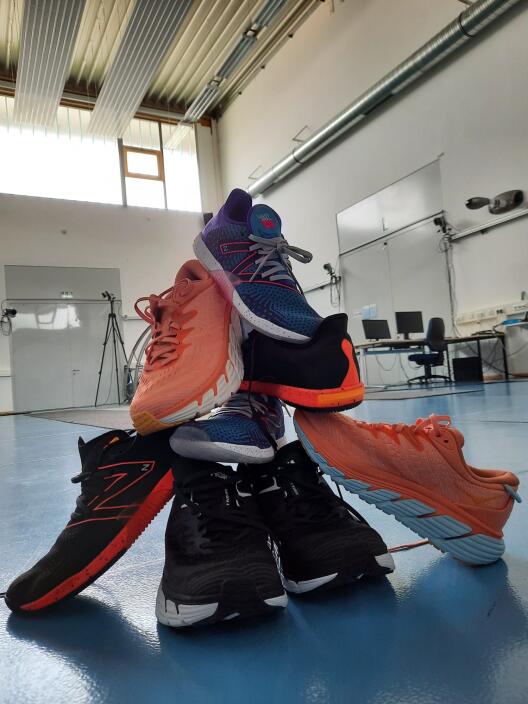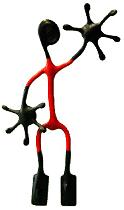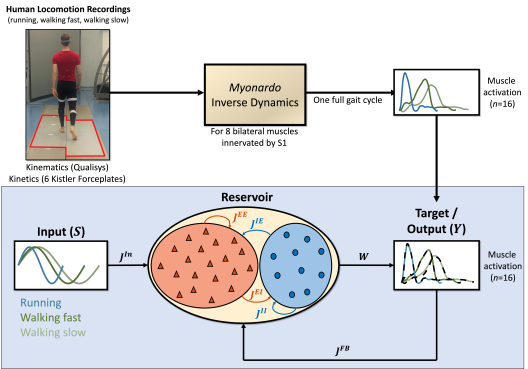Shoedeloe

The supposed benefits of barefoot running are an often-debated topic, with many studies investigating footwear influences on the kinematics and kinetics of running. Few studies, however, analysed the effect on joint contact forces.
In this project, we investigated the influence of different footwear on the joint contact forces of the hip, knee, and ankle, while running using a 3D musculoskeletal model. We measured kinematics from volunteers that ran on a treadmill at two speeds (2.0m/s and 2.5m/s) either barefoot, wearing minimal shoes, or wearing normal shoes. We did not only analyse the joint contact forces but also stride parameters and joint angles.
The aim of this study is to determine whether the joint contact forces are higher or lower in shoes with more support and cushioning.
Project Leader: Lena Kloock



